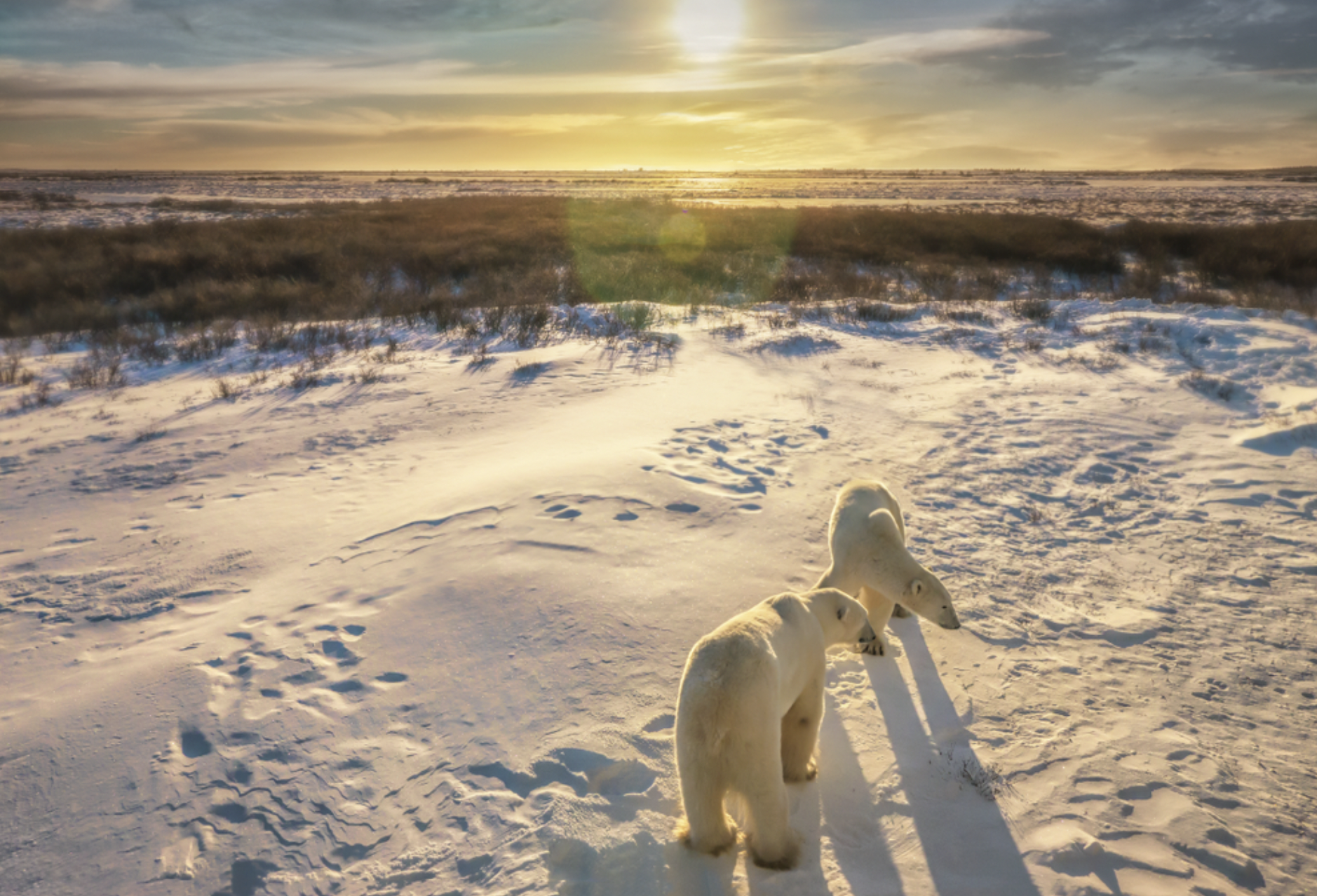
By Rebecca Sentner, Senior Communications Manager, Boreal Conservation — National Audubon Society
One of the largest wetlands found on the planet stretches across Manitoba, Ontario, and Quebec. It is known as the Hudson Bay Lowlands, and 71,440 square kilometres (17,653,208 acres) of these lowlands lie within Manitoba. Keeping these vibrant landscapes healthy is incredibly important; it benefits communities in the region as well as an abundance of wildlife species that depend on the area for survival. They include polar bears, caribou, and many migratory bird species. There are currently several Indigenous-led conservation efforts underway to establish protections for their ancestral lands in the region, one of which is the Kitaskeenan Kaweekanawaynichikatek Indigenous Protected Area initiative. And the benefits of protecting these lands are immense!
Protecting Polar Bears
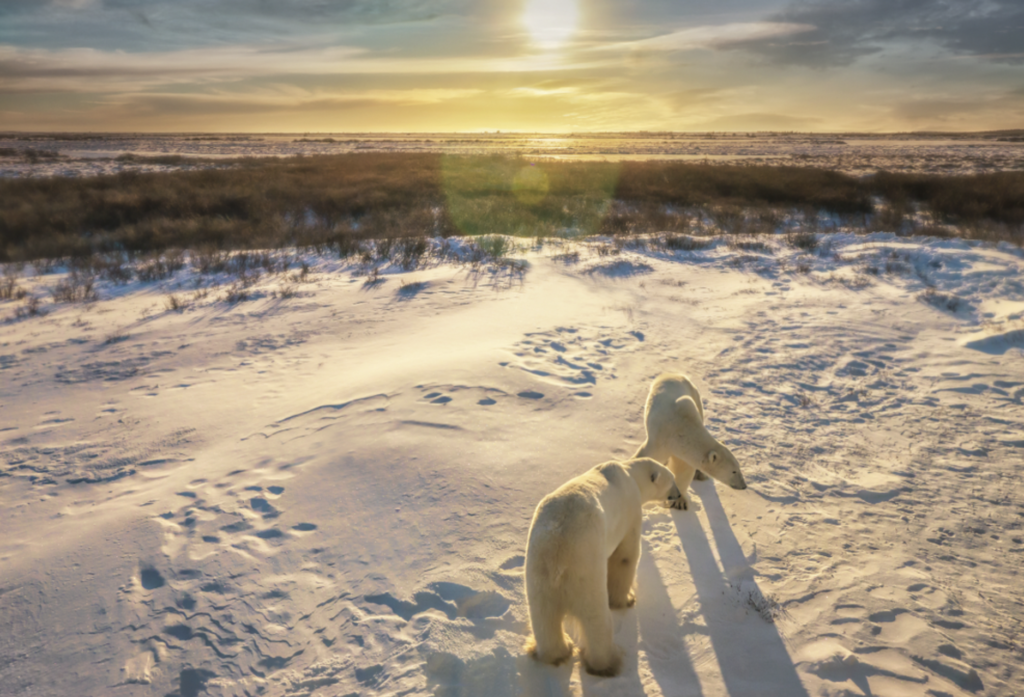
Manitoba is home to the largest concentration of polar bears in the world, and the Hudson Bay Lowlands are where many established denning sites are located. Unlike more northern bears, which dig dens in snow, Manitoba’s polar bears raise their cubs in earthen dens dug into riverbanks and hills. Evidence shows that some of these dens have been used for at least 200 years. Protecting the lands polar bears depend upon to raise their young and rest, is crucial to the bears’ survival. This is especially true as they face the impacts of climate change with longer, warmer summers and fewer days spent out on the ice.
Protecting Birds
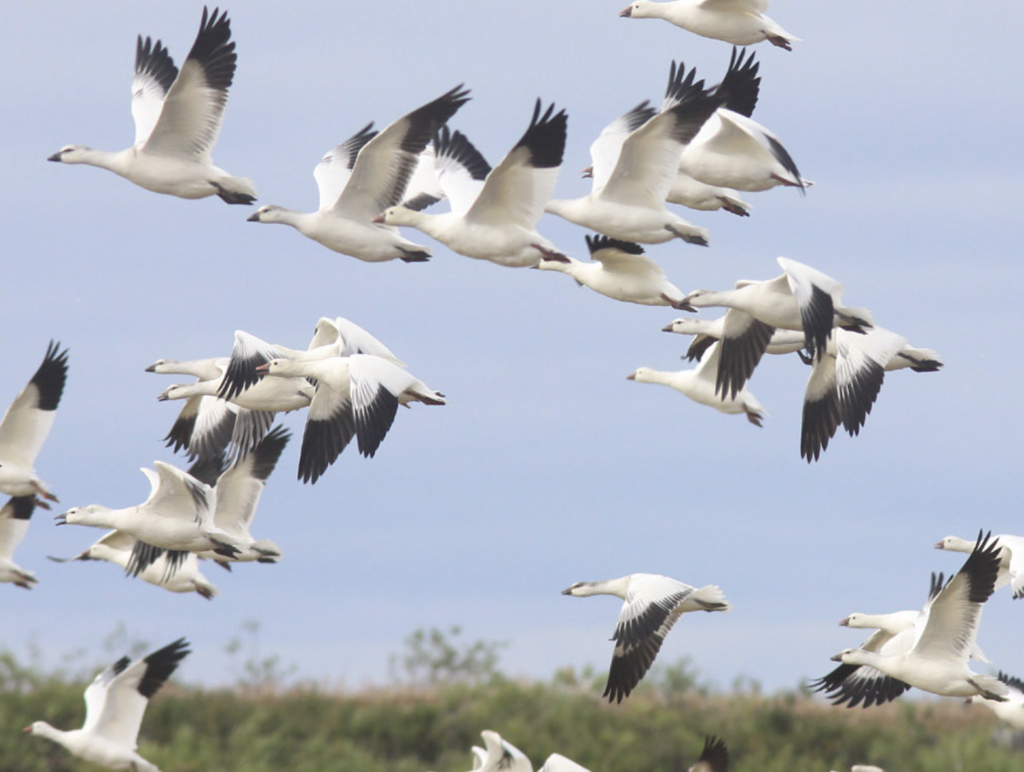
The Hudson Bay Lowlands is a mosaic of wetlands, waterways, forests, and coastal tundra, providing essential habitat for hundreds of bird species. Each year millions of migratory birds travel from across the hemisphere to raise their young and take advantage of the Lowlands’ seasonal bounty of resources. For example, the nutrient-rich coastal salt marshes provide ideal conditions for millions of ducks, geese, and shorebirds to feed and breed each year. It is estimated that at least 165 different bird species breed in the region, and many more pass through on their way to breeding locations further north. Protecting these vital habitats is essential for an abundant assortment of birds found throughout the Western Hemisphere.
Protecting Caribou
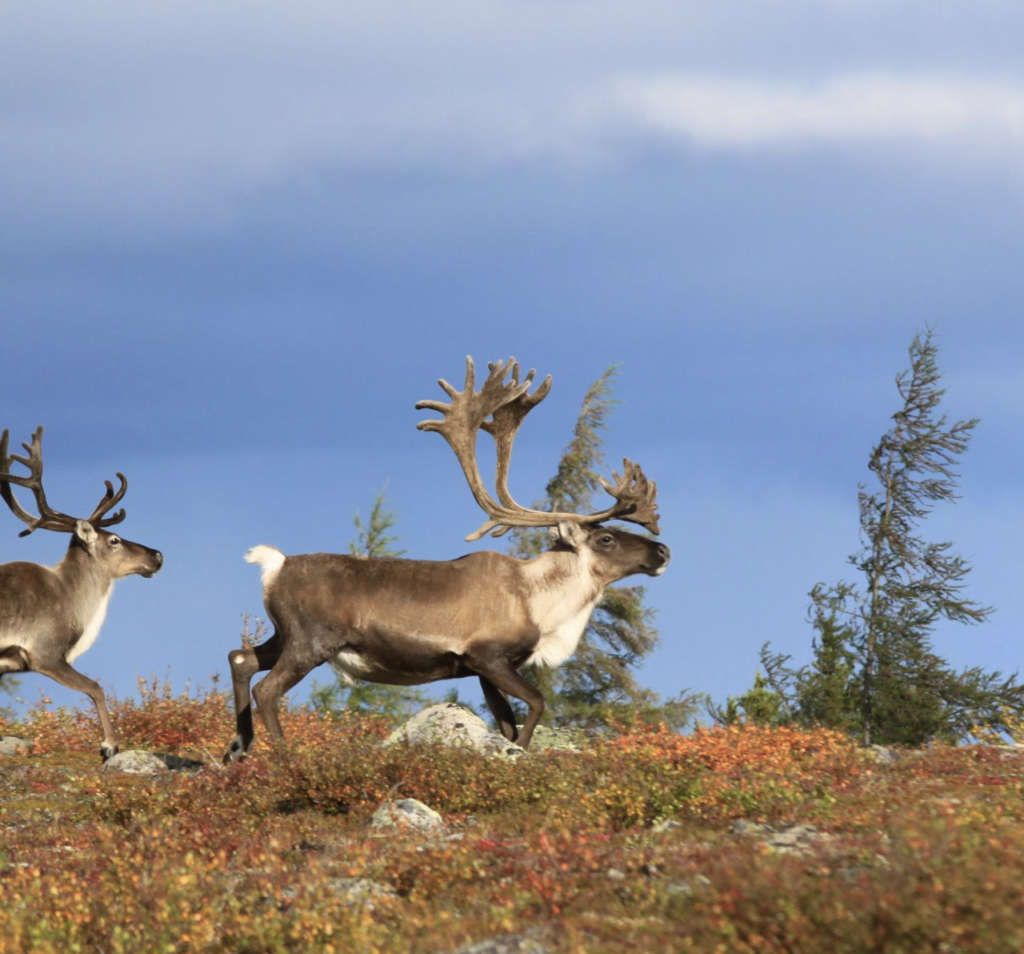
Barren-ground caribou make up about 50% of all caribou in Canada and many of them travel through the Hudson Bay Lowlands in search of food during their seasonal migrations. The region also supports woodland caribou including four populations known as eastern migratory caribou. Each spring, one of these eastern migratory populations—the Cape Churchill herd—migrates nearly 200km from their woodland wintering grounds in southwestern Wapusk National Park to the open tundra along the northern shores of Hudson Bay. Once there, the herd benefits from high-quality plant growth and lower predator densities during the summer calving period. In the fall, the Cape Churchill herd returns south to the protective shelter of the boreal forest, where they will spend the harsh subarctic winter season. Both barren-ground caribou and woodland caribou herds provide many economic and social benefits to local Indigenous communities. Ensuring the protection of caribou habitat is not only important for the herds that live on these lands, but it also has significant implications for those who rely on healthy and thriving caribou populations.
Protecting Culture
Indigenous Protected Areas do far more than simply conserve the landscape. They preserve the cultures and traditional lifestyles of the peoples who have stewarded those lands and waters since time immemorial. The Kitaskeenan Kaweekanawaynichikatek Indigenous Protected Area initiative has united five Cree Nations who were forcibly removed from their ancestral lands by colonialism. Establishing a protected area which will be guided by traditional law and the wisdom of elders, knowledge keepers, and youth is an act of reconciliation. “Kitaskeenan is a gift to our children that carries their histories, language, and identities,” the initiative’s vision statement declares. “Our vision is to protect Kitaskeenan Kanatenihtakwuk – our sacred land – by following the ways of our ancestors to conserve, preserve, and honour all of Askiy that the Creator provided. Protecting this land will play a major role in the survival of our culture and language.”
Protecting the Planet
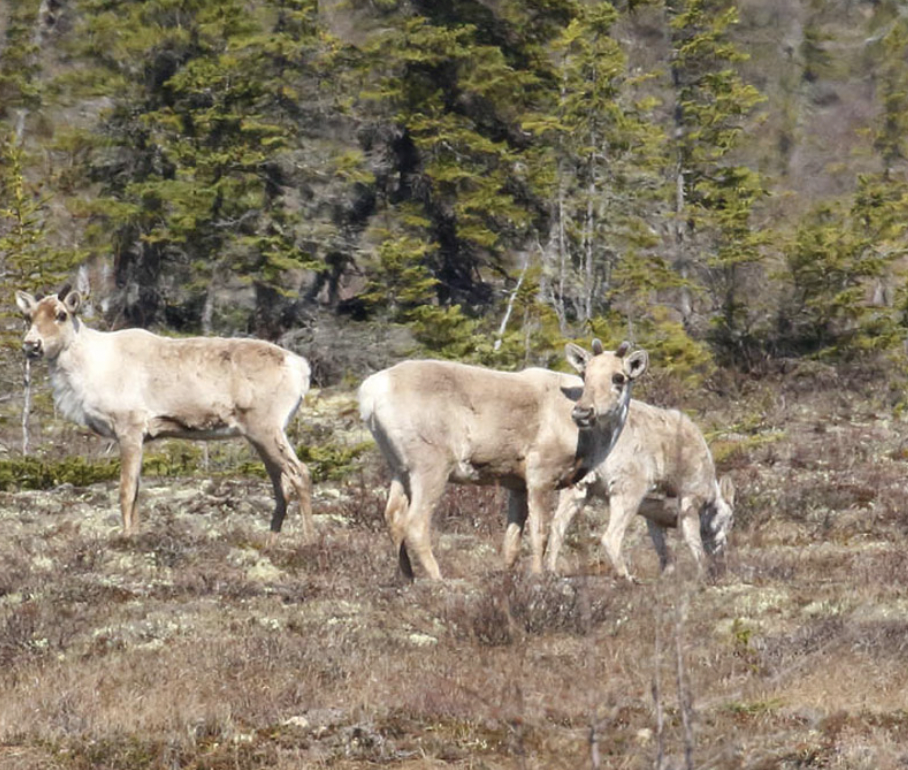
The Hudson Bay Lowlands are globally important for mitigating climate change and should be considered a hot spot for conservation planning due to the massive carbon deposits found here. The abundance of peatlands found in the entire Lowlands region helps to regulate climate by storing an estimated 30 to 35 billion tons of carbon, that’s the equivalent of 33.7 – 39.3 billion cars’ annual emissions! Protecting the Hudson Bay Lowlands helps to safeguard these vitally important peatlands and carbon stores. It also protects the incredible wealth of biodiversity that the land sustains.
Learn more about this incredible region in this Storymap, and find out how you can help support efforts to protect these wild spaces.
